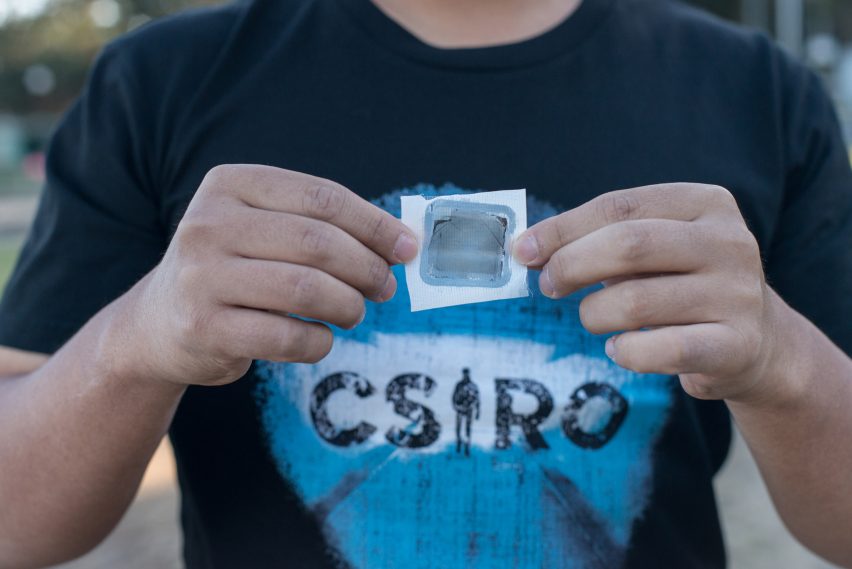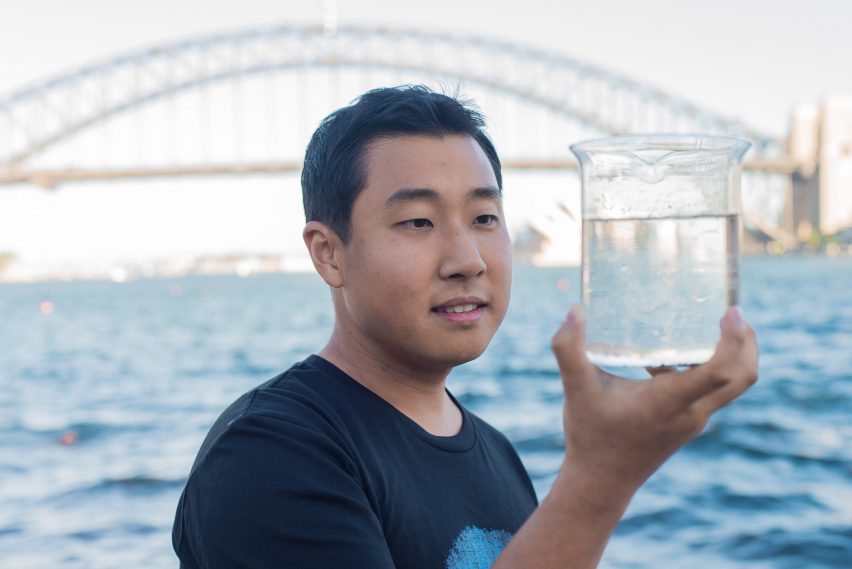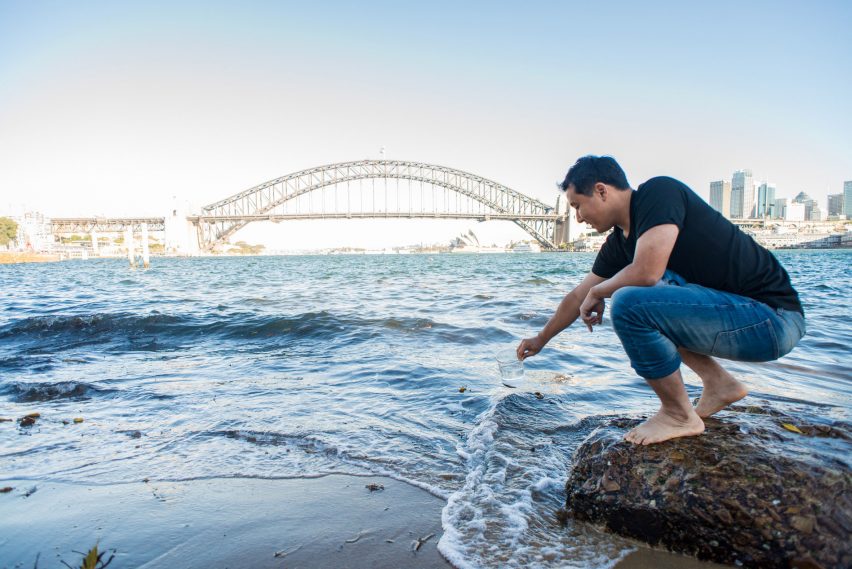Graphene-based water filter produces drinkable water in just one step
Scientists at Australian research centre CSIRO have used graphene to create a simple filtration system that could change the lives of millions in the developing world by making the process of purifying water faster and more effective.
The team at the Commonwealth Scientific and Industrial Research Organisation (CSIRO) in Sydney developed the system as an alternative to existing processes that they described as being time-consuming, expensive and unable to cope with common contaminants such as oil and detergents.

"Conventional water-filter membranes used in water purification are made from polymers and cannot handle a diverse mix of contaminants," said the scientists.
"They clog or allow contaminants to pass through, so they have to be separated out before the water is filtered. This technology can create clean drinking water, regardless of how dirty it is, in a single step."
Because of its simplicity, the team believes that their graphene-based filter, which is able to purify and desalinate water without the multi-stage processes currently needed, could help billions of people around the world who don't have access to safe drinking water.
The system employs a film made from a thin layer of graphene, called Graphair, which allows water to pass through microscopic nanochannels in its surface while stopping pollutants with larger molecules.
Graphene is a material consisting of a single layer of carbon atoms arranged in a hexagonal lattice that is hailed as the thinnest, strongest and most conductive ever developed.

Inventive uses proposed for graphene so far have included ultra-thin "more pleasurable" condoms, an eco-friendly paint, and night-vision contact lenses.
However, the material first isolated and categorised at the University of Manchester in 2004 is usually water repellent, so the scientists at CSIRO had to create their own form of graphene using soybean oil.
When the researchers applied the Graphair film to a typical commercial-grade water filtration membrane, they found that it was able to filter the liquid faster than conventional products and prevented contaminants from clogging the surface.
Tests conducted using highly polluted water taken from Sydney harbour showed that the filtration rate without the Graphair layer halved in 72 hours, while the filter with Graphair applied continued to screen more contaminants even when coated with pollutants.

Another key advantage of Graphair is that it is cheaper, faster and more environmentally friendly to produce than standard graphene due to the use of renewable soybean oil, which is typically found in vegetable oil.
CSIRO is currently seeking industry partners to help it scale the technology so it could be used for household or urban water filtration, as well as seawater and industrial wastewater treatment.
Others designers creating systems for clean drinking water include a team that created a sanitation manual that doubles as water filters, and Andrés Jaque, who built a towering network of water-purifying pipes in the courtyard of MoMA PS1.
This spring, Brooklyn creative hub A/D/O and London design curator Jane Withers are teaming up to investigate new and innovative ways of approaching drinking water – tackling issues from plastic-bottle pollution to provision in remote areas.